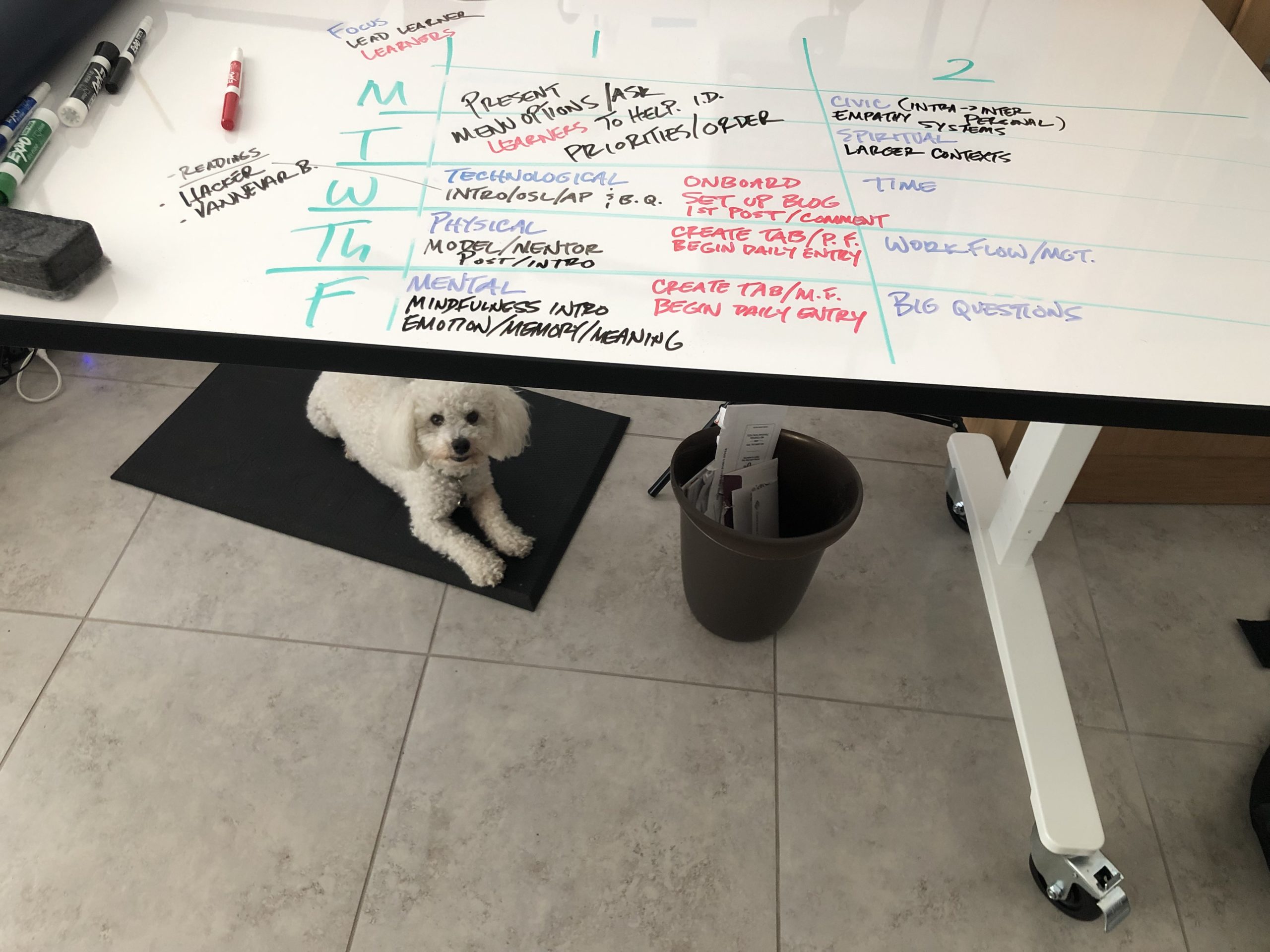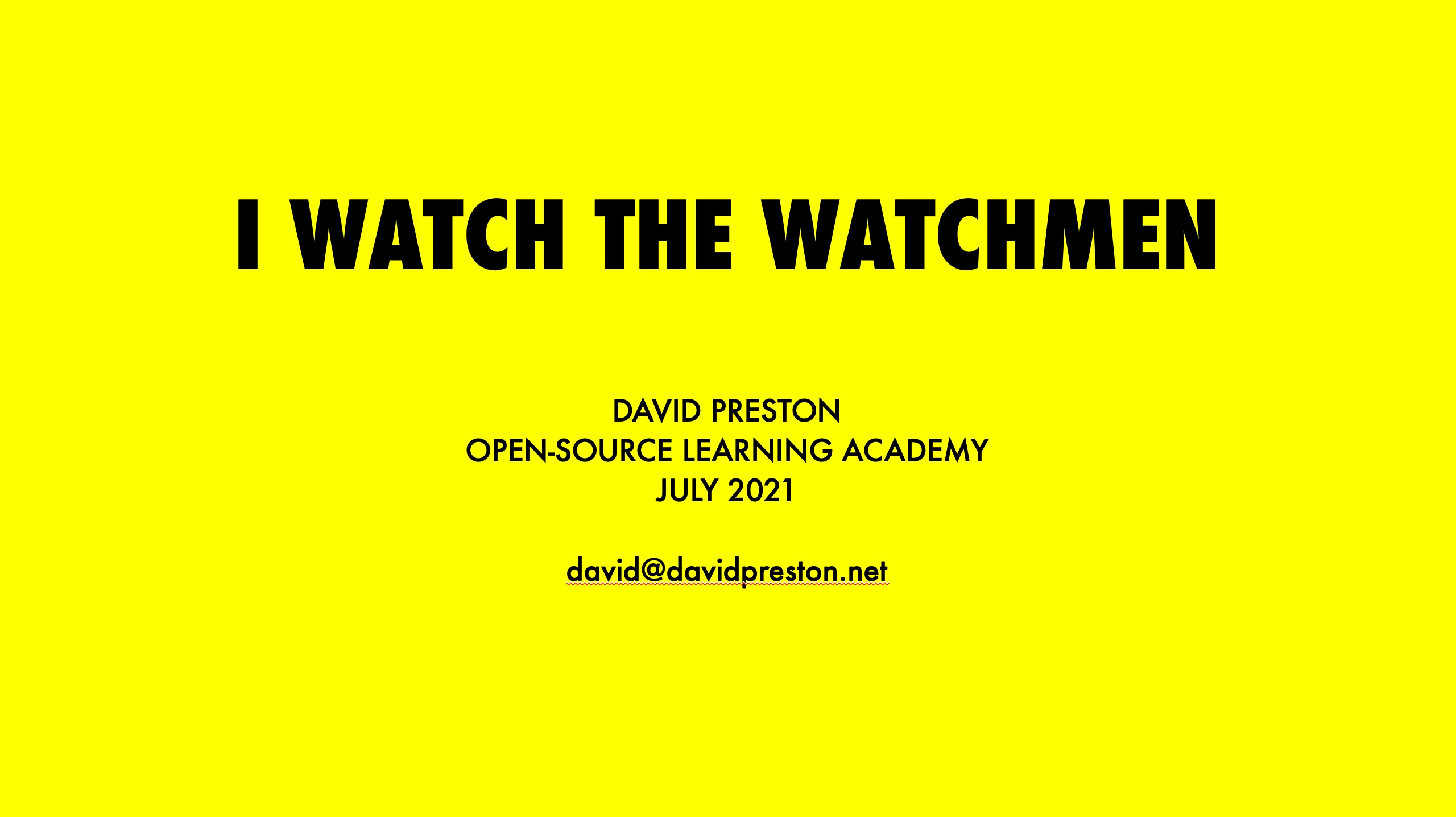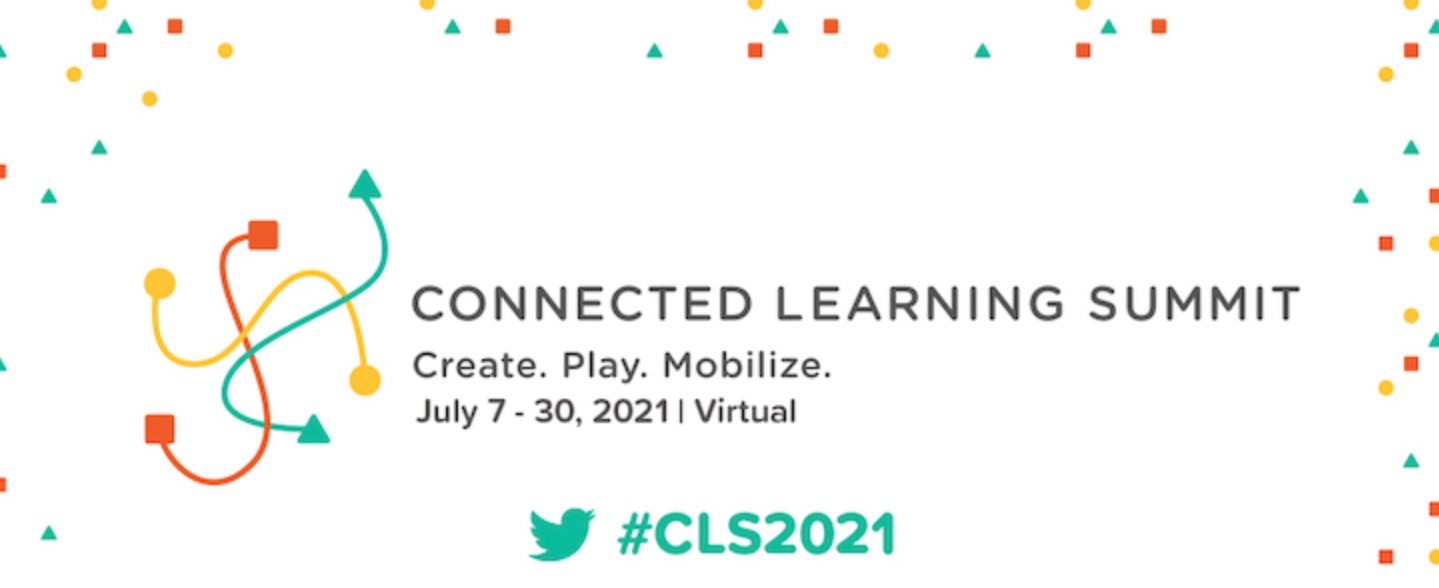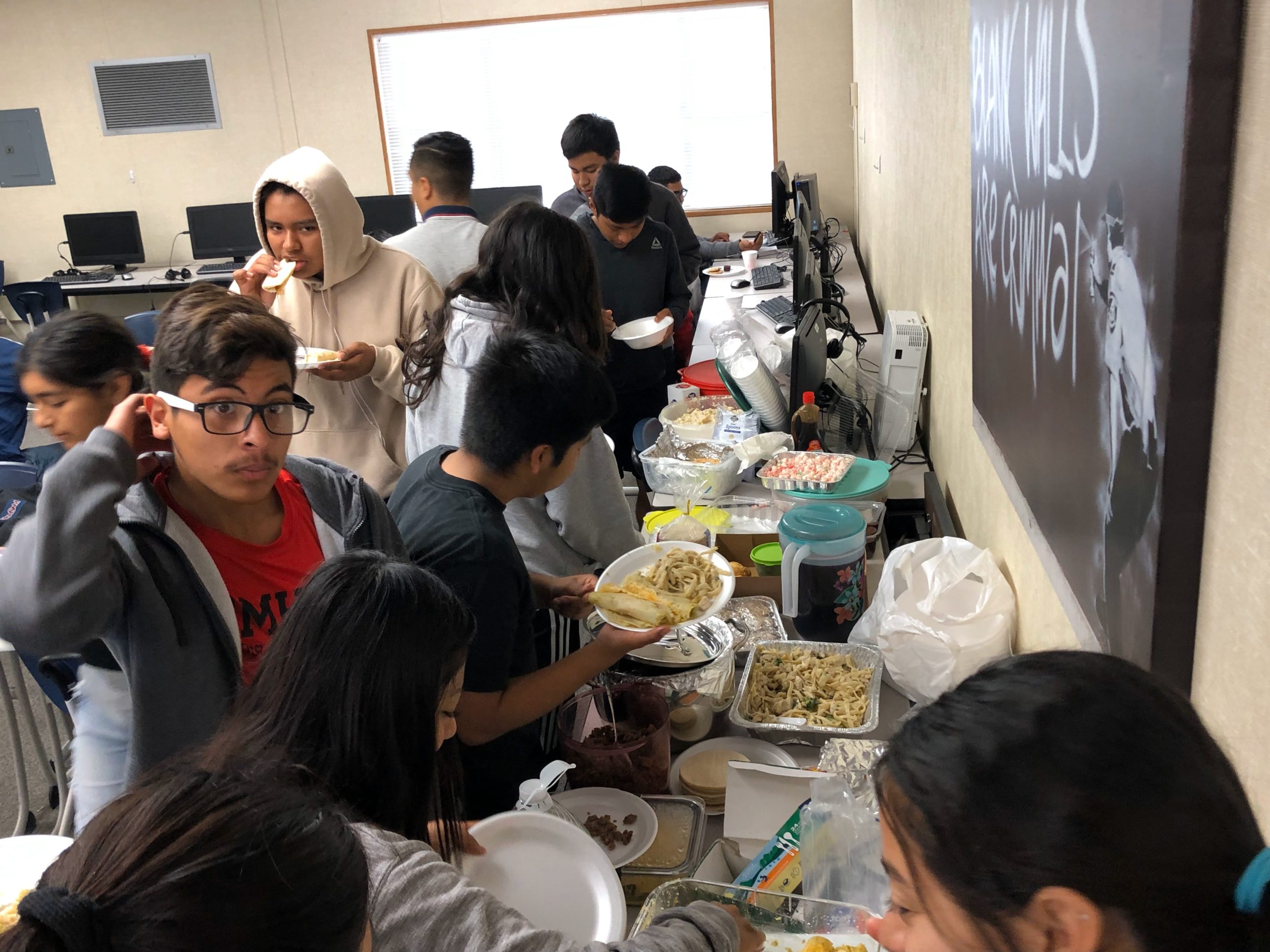Month: July 2021
-

2021-22 OSLA pre-launch
Every once in a while, I pause and think to myself: “This moment. The moment I’m in. It’s the most recent, most modern moment in my life. This is the moment all the other moments have led me to.” In this moment, I am creating the menu for the first few weeks of the 2021-22…
-

“I Watch the Watchmen” Ignite Talk from CLS
Today I participated in the grand finale of the 2021 Connected Learning Summit virtual conference. What an amazing experience! The ignite talks were the same speakers and topics that kicked off the conference at the beginning of July. But: they weren’t the same at all. After learning my way through the month-long CLS experience, the…
-

Virtual Talk for Connected Learning Summit
Here is a timeline of annotated notes, images, and links for the “Build Your Own Open-Source Learning Network” talk I gave at the 2021 Connected Learning Summit. You watch/listen to the recording and scroll to items of interest, or you can skip the video and read the notes by themselves. If you have questions, comments,…
-

Summer reading: the 7 elements of open-source learning
This is the first in a series of summer reading articles about how we can reimagine learning for next year and beyond. To get the next article delivered automatically to your inbox, click HERE. ____________ We made it through the Pandemic School Year. It’s time for your summer reading pleasure. Cue Alice Cooper. It’s time…